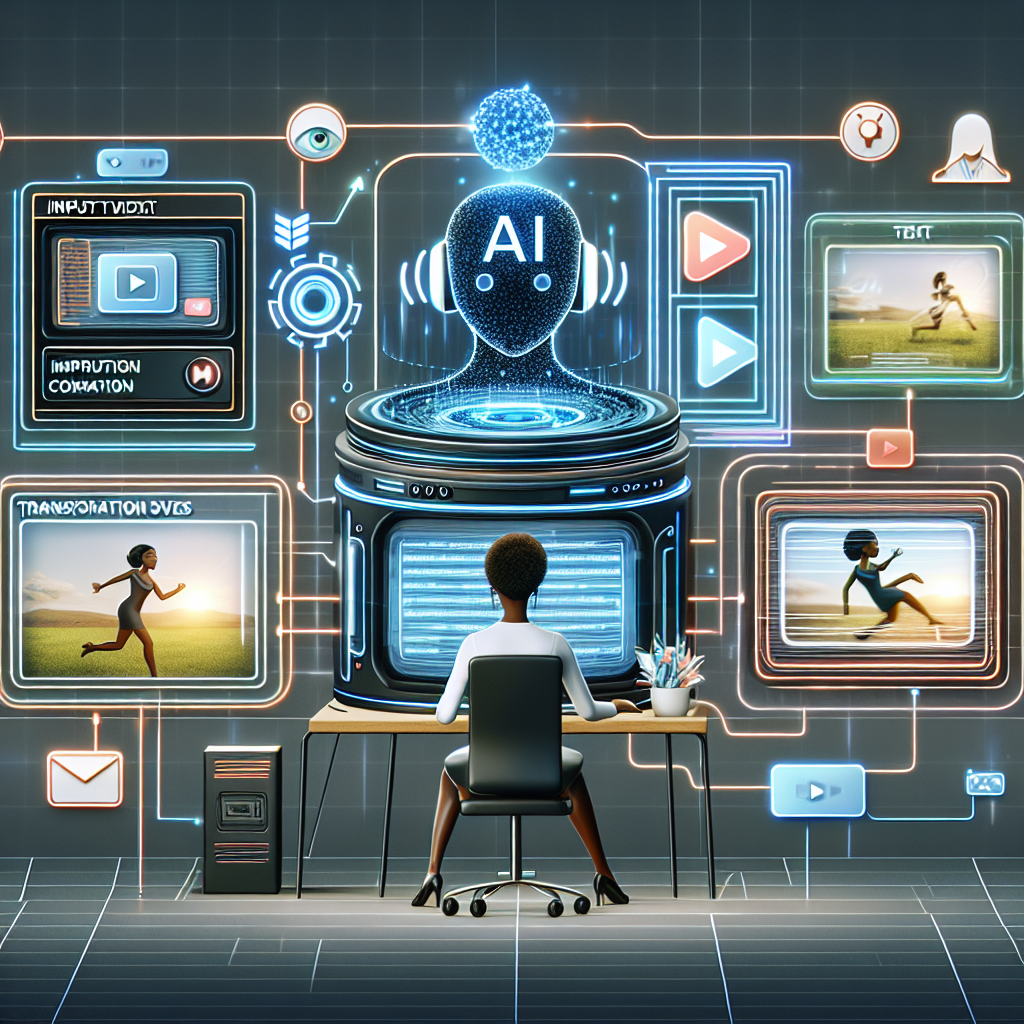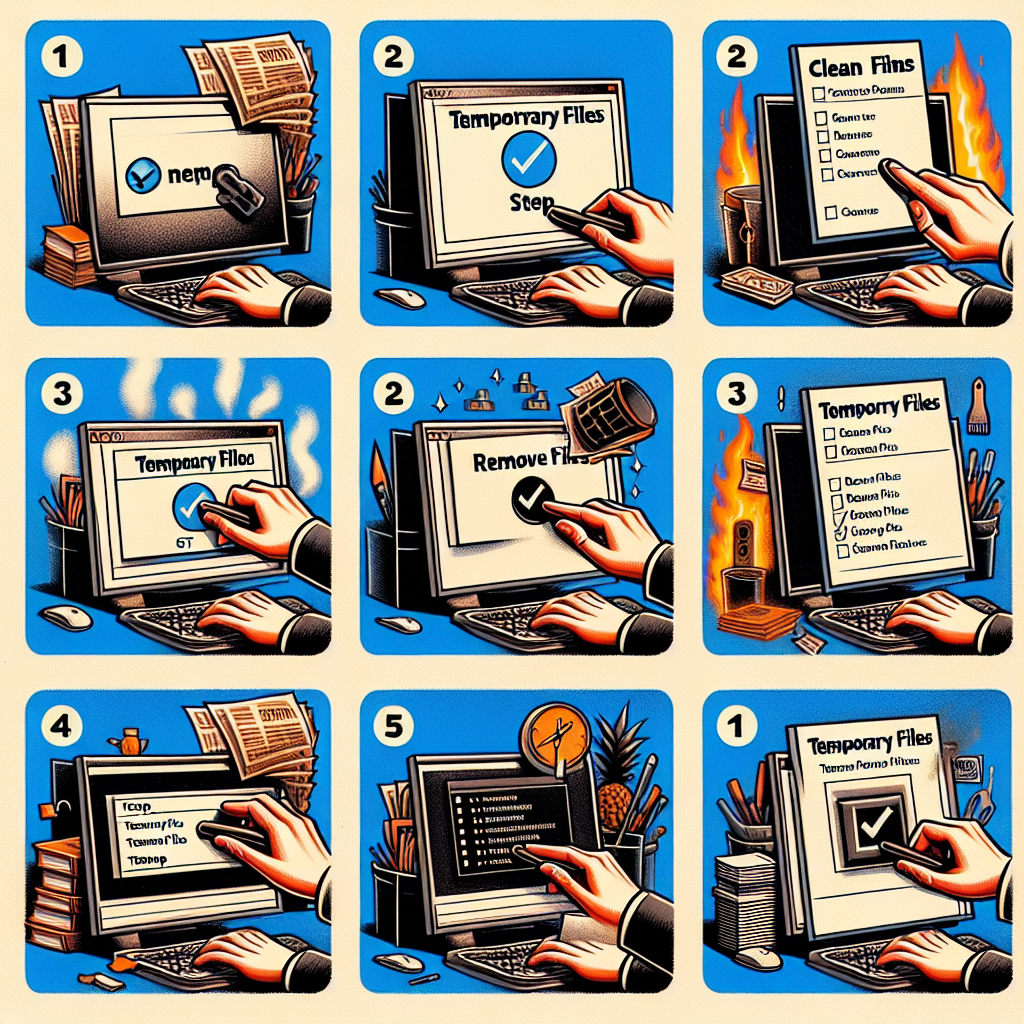Best AI Tools to Generate Videos from Text
1. Introduction to AI Video Generation
Artificial Intelligence (AI) is revolutionizing the way we create content. With advancements in machine learning and natural language processing, tools have emerged that can convert text prompts directly into video content, eliminating traditional barriers to filmmaking. The combination of AI and video content creation offers unprecedented opportunities for marketers, educators, and storytellers.
2. The Technology Behind AI Video Generation
AI video generation operates through complex algorithms, primarily utilizing Generative Adversarial Networks (GANs) and natural language processing techniques. GANs function by pairing two neural networks against each other, one generating content and the other evaluating it. This process allows for real-time adjustments and improvements in the visual output based on the textual input provided.
3. Benefits of Using AI for Video Creation
The most significant advantage of using AI tools for video creation is efficiency. Traditional video production can be time-consuming and resource-intensive, often taking weeks or even months to produce quality content. AI streamlines this process, allowing creators to produce videos in a matter of hours. According to recent studies, businesses utilizing AI in their content production see a 30% reduction in time spent on video creation.
4. Notable AI Video Generation Tools
Several AI tools have been developed for generating videos from text prompts. Some of the most prominent include:
– Pictory: This tool allows users to create short videos from long-form content by extracting key highlights and generating visuals to match. Pictory boasts a user-friendly interface suitable for marketers and content creators.
– Synthesia: Synthesia enables the creation of videos using AI avatars that can speak in multiple languages. This is especially useful for businesses looking to create personalized training videos or marketing content efficiently.
– DeepBrain: This tool allows users to turn text into engaging videos with lifelike virtual presenters. With DeepBrain, users can customize avatars, making it an excellent choice for e-learning and training programs.
5. How to Get Started with AI Video Tools
Getting started with AI video tools typically involves creating an account and selecting a pricing plan that fits your budget. Many platforms offer free trials or limited features to help users explore the technology. After setting up an account, users can input their text prompts into the designated areas, select visuals, and customize various elements like background music and transitions before rendering the final product.
6. Cost-Effectiveness of AI Video Solutions
The cost of traditional video production can be prohibitive, often ranging from hundreds to thousands of dollars depending on the project. In contrast, AI video generation tools offer subscription-based models or pay-per-video plans that can start as low as $15 per month. This affordability makes it accessible for small businesses and independent creators who may have budget constraints.
7. Limitations of AI-Generated Videos
While AI video generation tools offer significant advantages, they also come with limitations. One major challenge is the lack of human touch; AI may struggle with certain creative nuances, emotional storytelling, or complex narrative structures, potentially resulting in videos that feel mechanical. Additionally, these tools may require substantial editing to achieve the desired quality, as they might misinterpret certain textual cues.
8. The Future of AI Video Generation
The future of AI video generation looks promising, with rapid advancements expected in the coming years. Research indicates that the AI video generation industry could grow to $1.4 billion by 2026, driven by increased demand for video content across various sectors. The ongoing evolution of AI technology suggests that future tools may offer even more sophisticated capabilities, including better voice synthesis, improved visual realism, and enhanced customization features.
9. Case Studies: Successful Uses of AI Video Tools
Several organizations have successfully implemented AI video generation to meet their goals. For instance, a leading e-learning platform used Synthesia to create interactive lessons for students in multiple languages. This strategic implementation led to a 25% increase in course completion rates. Similarly, a marketing agency employing Pictory for quick ad campaigns reported a boost in engagement rates by 40%, underscoring the effectiveness of these tools in capturing audience attention.
10. Tips for Maximizing AI Video Tool Potential
To get the most out of AI video generation, here are some useful tips:
– Be Clear and Concise: Use straightforward language in your text prompts to ensure the AI accurately interprets your message.
– Experiment with Visuals: Don’t hesitate to play with aesthetics and visuals. Different styles can dramatically change how your message is received.
– Integrate Feedback Loops: Encourage audience feedback on your AI-generated content. This will help you refine future projects.
– Stay Updated: As technology evolves, new features will be introduced. Keeping abreast of these changes can help you leverage new opportunities for creativity.
11. Conclusion: Embracing the Future of Video Creation
AI video generation tools present a remarkable leap forward in content creation. While they may lack the human nuance and creative depth of traditional video production, they offer significant advantages in terms of speed, cost, and accessibility. As technology continues to evolve, embracing AI for video generation could redefine our approach to storytelling and communication in various fields.




Post Comment